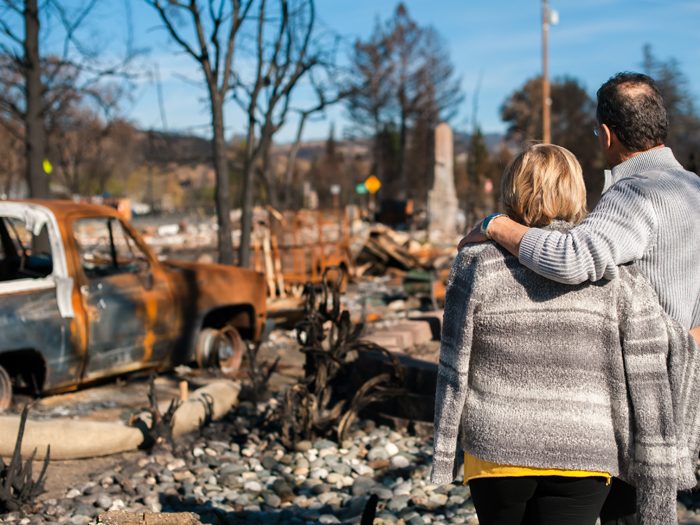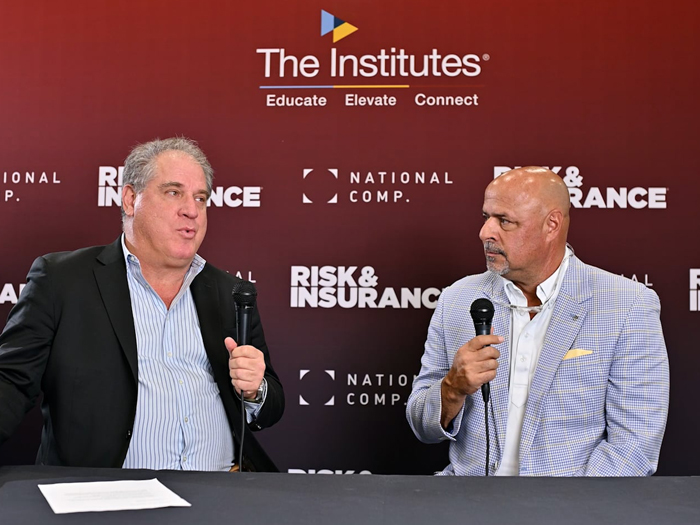The Camp Fire: Key Insurance Tips to Remember During This Unprecedented Wildfire Catastrophe

Just when we thought it couldn’t get any worse with California’s wildfires, it did. When the week of November 12 dawned, the death toll from the fast-moving Camp Fire that started in Butte County, Calif. was still mounting. And at 56 deaths and counting (as of Nov. 15), the fire, which obliterated the town of Paradise, Calif., is now the deadliest wildfire in California State history, outstripping the Griffith Park Fire of 1933.
Snapshot: With more than 7,000 structures destroyed and more than 117,000 acres burned, the Camp Fire dwarfs the losses from the Oakland Hills fire of 1991. The Camp Fire was so hot and burned so fiercely, that emergency personnel have been hindered in their attempts to determine just how many people died. One reason is that the ground is too hot for cadaver dogs to walk on. The second is that the destruction of homes and the people in them is so complete in some cases that there are no recognizable human remains. Hundreds are still missing, many of them believed to be in shelters, and the death toll is almost certain to climb.
Recovery: California Insurance Commissioner Dave Jones issued a release on November 9 reminding residents of the state who were evacuated from not only the Camp Fire in Northern California but also the Woolsey Fire in Southern California they might have insurance coverage under their homeowners policies that could help them with evacuation and recovery expenses. This coverage is known as ALE, an acronym for Additional Living Expense. ALE coverage typically covers food and housing costs, furniture rental, relocation and storage and extra transportation expenses. Jones’ office also provided some additional tips.
- Public adjusters cannot solicit business until seven days after any disaster.
- Home and business owners should make sure that agents and adjusters are properly licensed.
- Jones asked that evacuees, whether their homes were lost or not, should call the California Department of Insurance at 800-927-4357, or visit www.insurance.ca.gov if they need further assistance.
Los Angeles Times columnist David Lazarus cautioned the state’s homeowners to pay close attention to their policies, particularly for clauses that would limit damage payments from smoke and ash.
Cal/OSHA also issued guidance for companies that have employees working outdoors. Proper respiratory protection and a requirement that safe breathing spaces be established in wildfire impacted areas are among the agency’s recommendations.
Where do we go from here?: In the aftermath of the devastation of the Camp Fire, political divisions erupted even before the embers cooled. President Donald Trump lambasted state officials in California, saying that their forestry management is inadequate. California lawmakers shot back that climate change is the culprit in making the state’s forest’s tinder dry. They added that Thousands Oaks, where the Woolsey Fire did so much damage, and Malibu, which was burning on November 12, are not forests.
The editorial board of the Los Angeles Times wrote that the state and federal government need to devote more funding to resiliency.
The Times lauded California lawmakers for earmarking $1 billion this year to thin and better manage forests over a five year period. But the editors also said that California’s building codes must be upgraded, mandating retrofitting to the states homes, such as tile roofs, which could cut down on the number of homes that could be lost in a raging wildfire. The Getty Museum, in Malibu, is just one example of a property, extremely well-funded of course, that was built and is maintained with fire resistance in mind. &










